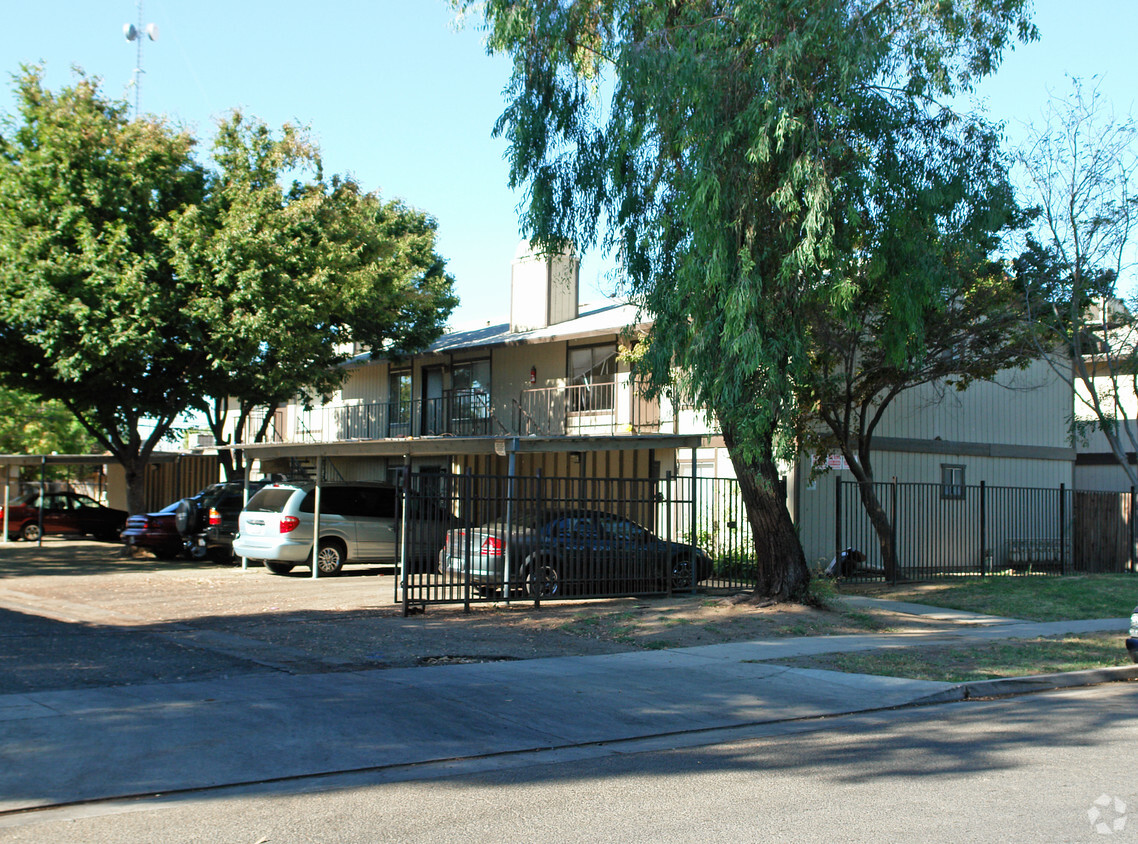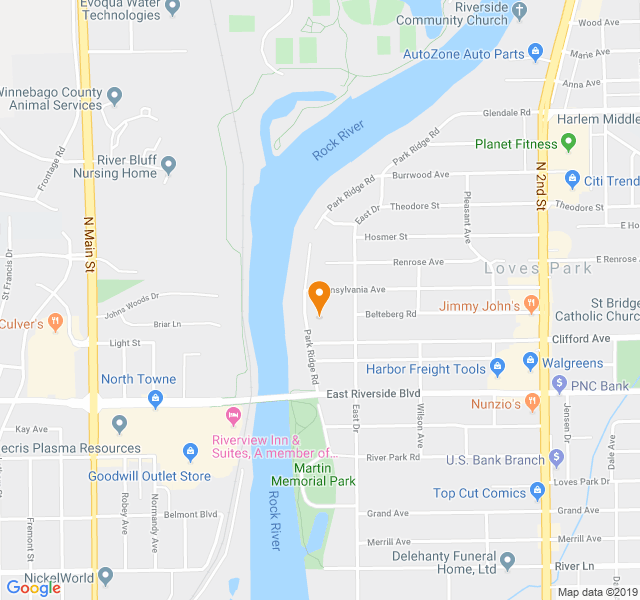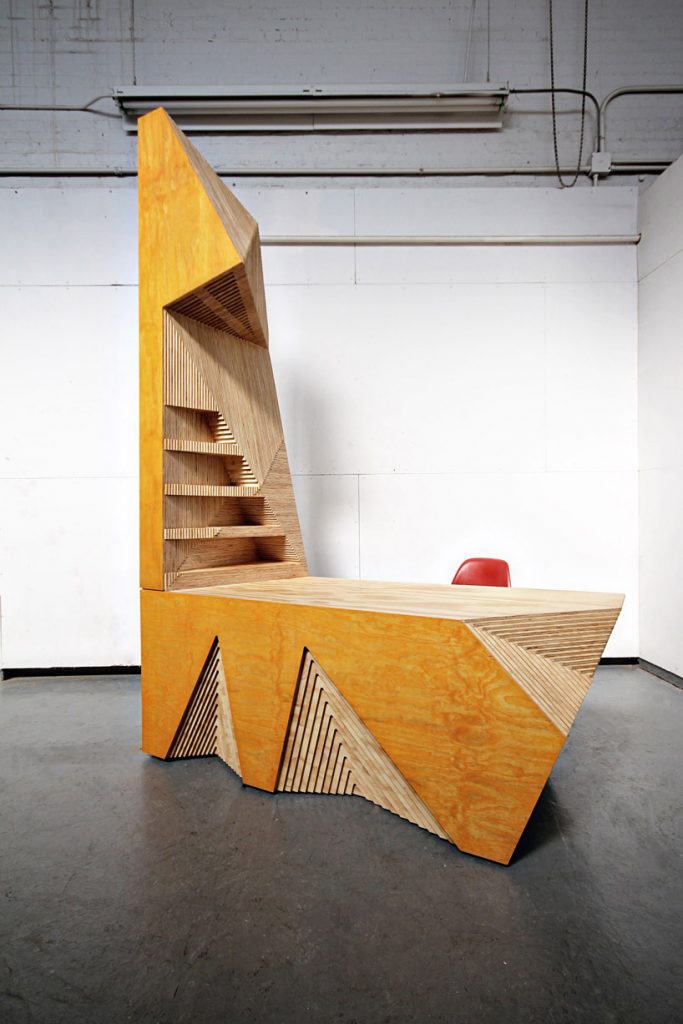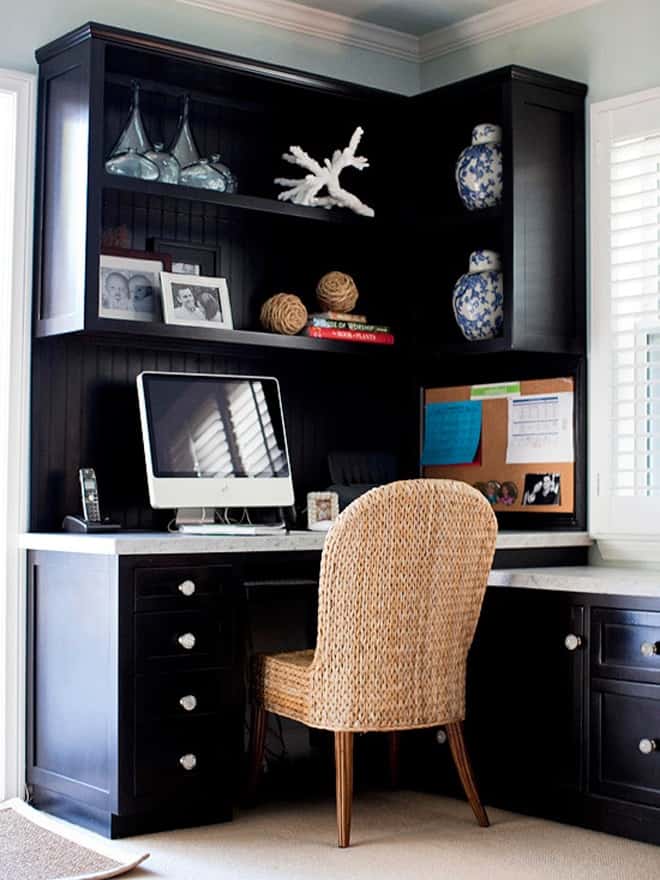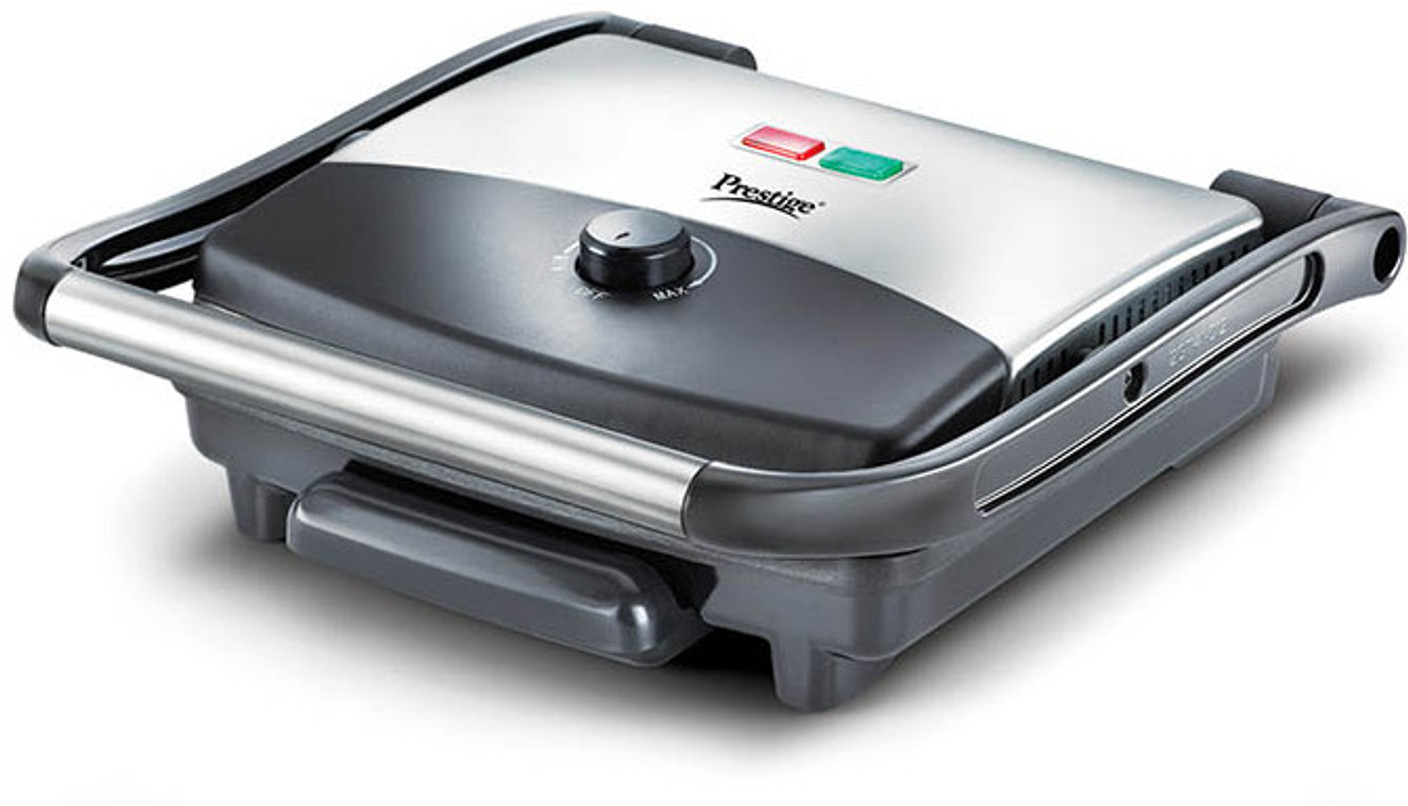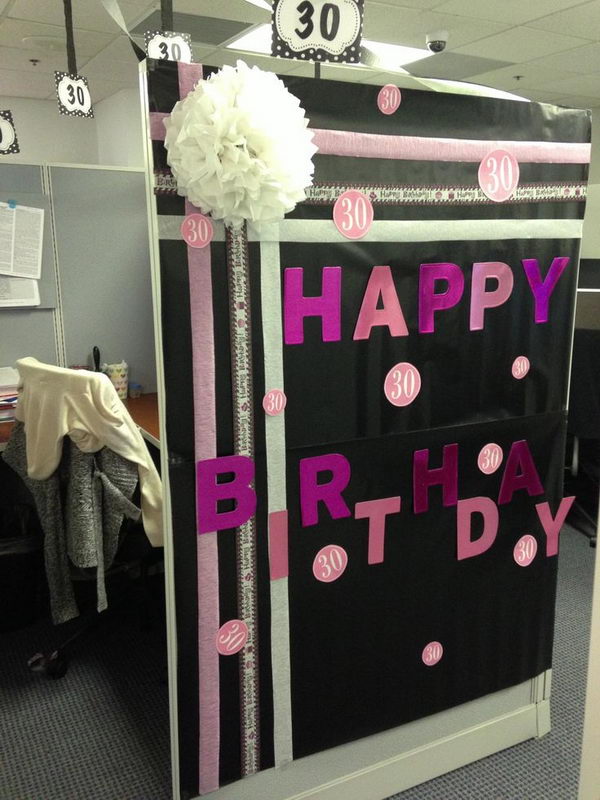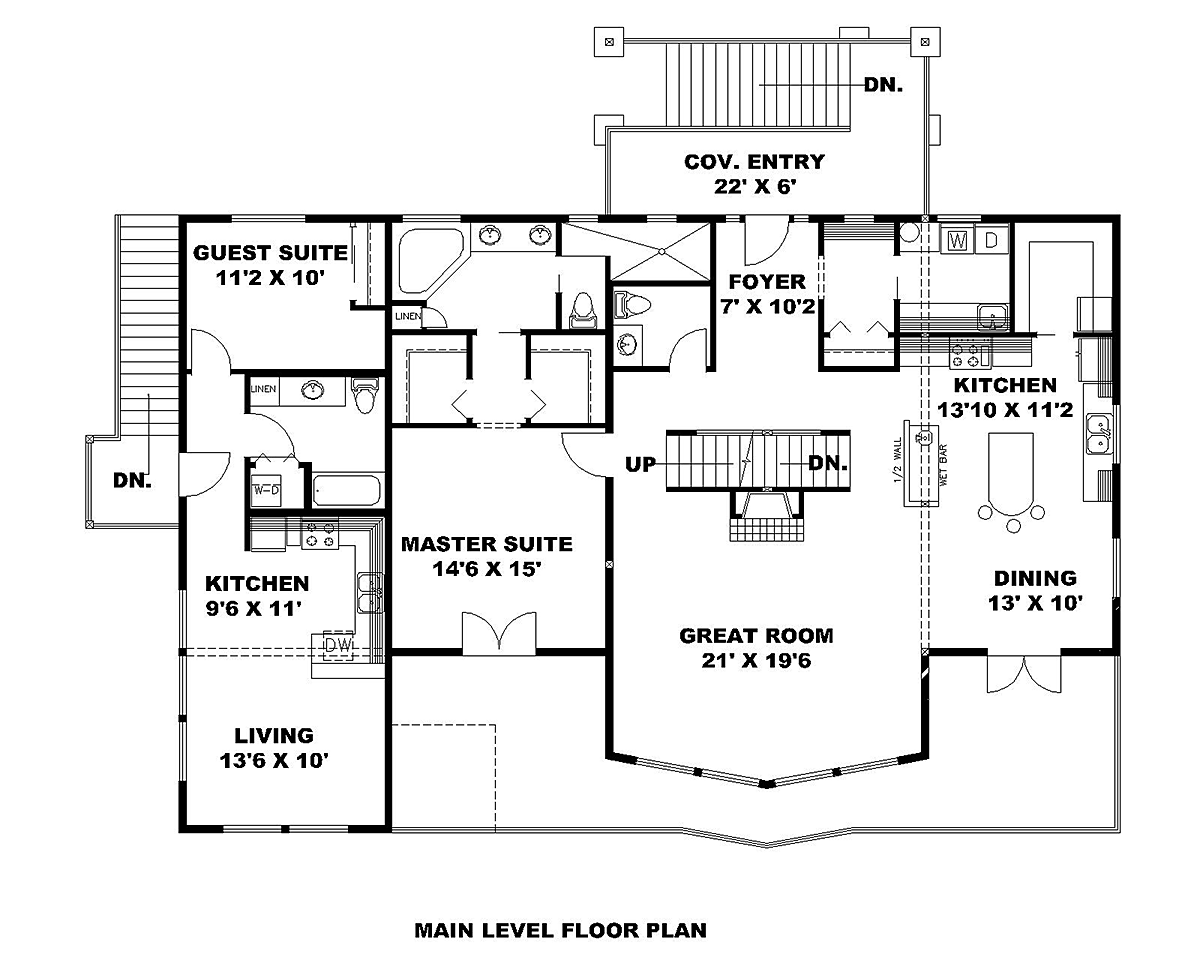Table of Content
They’re certainly not available to everyone who applies and the qualification criteria for these loans can get complicated. While a home renovation loan will typically offer a payback period of between 20 and 30 years, with an unsecured home improvement loan, you can expect this to be between 5 and 10 years. For most homeowners, an unsecured home improvement loan isn’t going to be the best way to pay for renovations. Some types of loans allow consumers to write off a portion of their monthly payments through a tax deduction.
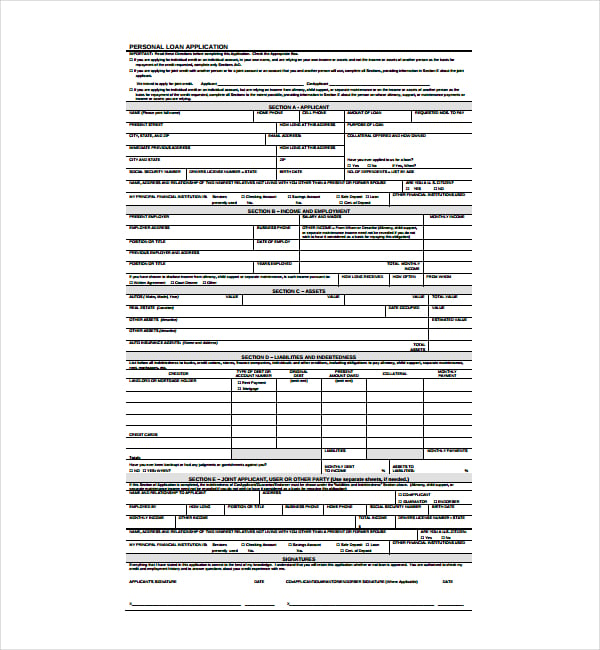
Your financial situation is unique and the products and services we review may not be right for your circumstances. We do not offer financial advice, advisory or brokerage services, nor do we recommend or advise individuals or to buy or sell particular stocks or securities. Performance information may have changed since the time of publication. Annual Percentage Rate will be based on credit history, the amount financed, and the loan term. Home improvement loan amounts from $3,000 to $100,000 with no origination fee.
When You Apply for the Loan
The operator of this website is not a lender and does not make loans or credit decisions. This website does not constitute an offer or solicitation to lend or provide funding. This website will submit the information you provide to one or more funding partners. Providing your information on this website does not guarantee that you will be approved for a loan or other financial product. The operator of this website does not endorse or charge you for any service or product.

To expand eligibility, Avant also will consider more than just your employment income, including alimony and child support, and may include the income of other people within your household. There are no specific prohibitions on the use of Upgrade loans other than those already imposed by law.
What is the Best Way to Finance Home Improvements?
Lenders also consider your debt-to-income ratio—your current debt levels compared to your income—to make sure you’re able to afford the loan you’re applying for. It’s also worth noting that Avant agreed to a $3.85 million settlement with the Federal Trade Commission in April 2019. We reached out to Avant to find out what they’ve done to adjust practices since the settlement but did not receive a response. The specifics of how a home improvement loan works will mostly depend on the type of loan you use.

Where possible, get reliable quotes, and work out all of the costs before you apply for a loan. This way, you won't borrow more or less than is necessary to cover the costs. One of the biggest advantages of using a home equity loan or HELOC for home improvements is that you can deduct the interest paid if you itemize and use the funds to buy, build or substantially improve your home.
Home Improvement Loans
Whether or not a personal loan is the right fit for your next project comes down to comparing a mix of financial pros and cons with your situation. This may make an FHA 203k loan or a home equity loan more attractive options for your home improvement financing than taking out a personal loan. Secured forms of financing, such as an FHA 203 rehab loan or a home equity loan, come with a strict set of requirements and qualifications that must be met first in order to originate the loan.

This means that in the event you fail to repay the loan, the bank or lender can foreclose on your home. The foreclosure process varies from state to state, but generally begins around 4 months after the borrower becomes behind on their mortgage payments. It’s also important to note that unsecured loans do not carry the risk of secured forms of financing such as home equity loans which put your personal assets at risk. A cash-out refinance replaces your existing mortgage with a new, larger mortgage.
Upgrade your home now, pay for it over time
SoFi also lets prospective borrowers submit joint applications—although co-signers are not permitted. But even if you have bad credit or income challenges, it’s not impossible. You may need to pay more for a loan and/or borrow less money to get approved. In these cases, it’s especially important to make sure you’re able to afford the payments. Upstart also offers a pretty flexible range of loan options, with amounts ranging from as low as $1,000 so you don’t have to borrow more than you really need. And, while Upstart’s loans cap out at $50,000—lower than some lenders—this is likely to be enough for many prospective borrowers.

While we do our best to ensure this information is up to date and calculations are accurate, all information is presented without warranty. If you find information or calculations you believe to be in error, please contact us. Whether you wish to redo, repair or redecorate your home, we can make it all happen with the most effortless financing options.
You can put a few personal details and information about the loan into an online comparison tool and find the best personal loans for home improvement. This will give you an idea of whether or not a lender will approve your application and offer you the loan. There’s no single best way to fund a home improvement project, and the right financing option for you will be the one that fits your financial situation, preferences and priorities. Using a personal loan for home improvements may make sense if you need a smaller loan amount, want to minimize borrowing risks and prefer predictable payments. Compared to home equity loans, which often come with loan terms of up to 30 years, personal loans give you far less time to repay what you owe. Home improvement loans are simply personal loans by another name, which you can use to fund your next renovation project.
Borrowers can access APRs between 6.99% and 19.99% with a 0.25% discount for autopay enrollees. Marcus by Goldman Sachs is a subsidiary of the investment bank Goldman Sachs and offers personal loans between $3,500 and $40,000. While Marcus may not be the ideal choice for those who need access to a large loan amount, the platform still offers rather flexible loans that are available for three- to six-year terms. Our ratings take into account loan cost, loan details, eligibility and accessibility, customer experience and application process.
The key difference is an asset is required to serve as collateral for the loan, and the lender could seize it if you fall behind on your loan payments. Another factor to consider when deciding how to pay for home improvements or home repairs is that loan terms are usually shorter for unsecured personal loans than for secured loans. While home improvement loans usually have terms that range from two to 12 years, home equity loans have terms that range from five to 30 years. This isn’t always clear and many homeowners, especially those who have not built up equity in their home, take these loans out without knowing that alternatives exist.
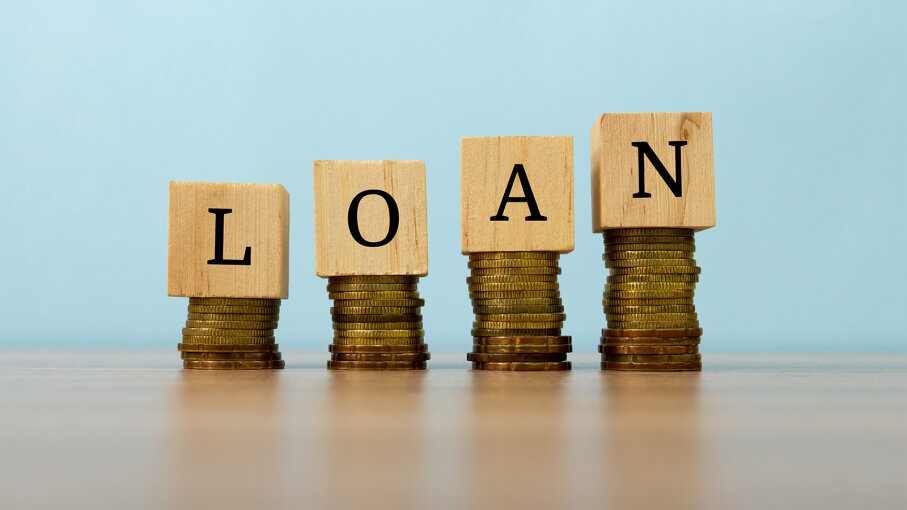
Finding the best match for your needs will depend on various factors to compare and contrast. While your first instinct may be to tap your home equity with a home equity loan or line of credit, in some cases, a personal loan could be a better choice. † Accept your loan offer and your funds will be sent to your bank or designated account within one business day of clearing necessary verifications. Availability of the funds is dependent on how quickly your bank processes the transaction. From the time of approval, funds sent directly to you should be available within one business day.
Whether you want to make home improvements to improve your quality of life or to increase value before resale, you can use a home improvement loan. If you plan on selling soon it may be better to use an unsecured home improvement loan. With an unsecured home improvement loan, borrow funds without using your home as collateral. A shorter loan term means a higher monthly payment, but you’ll likely save a bundle in interest over the loan term. To illustrate, if you get a 10-year home improvement loan for $50,000 with a fixed rate of 8 percent, you’ll pay $607 each month and $22,796.56 in interest over the loan term.




